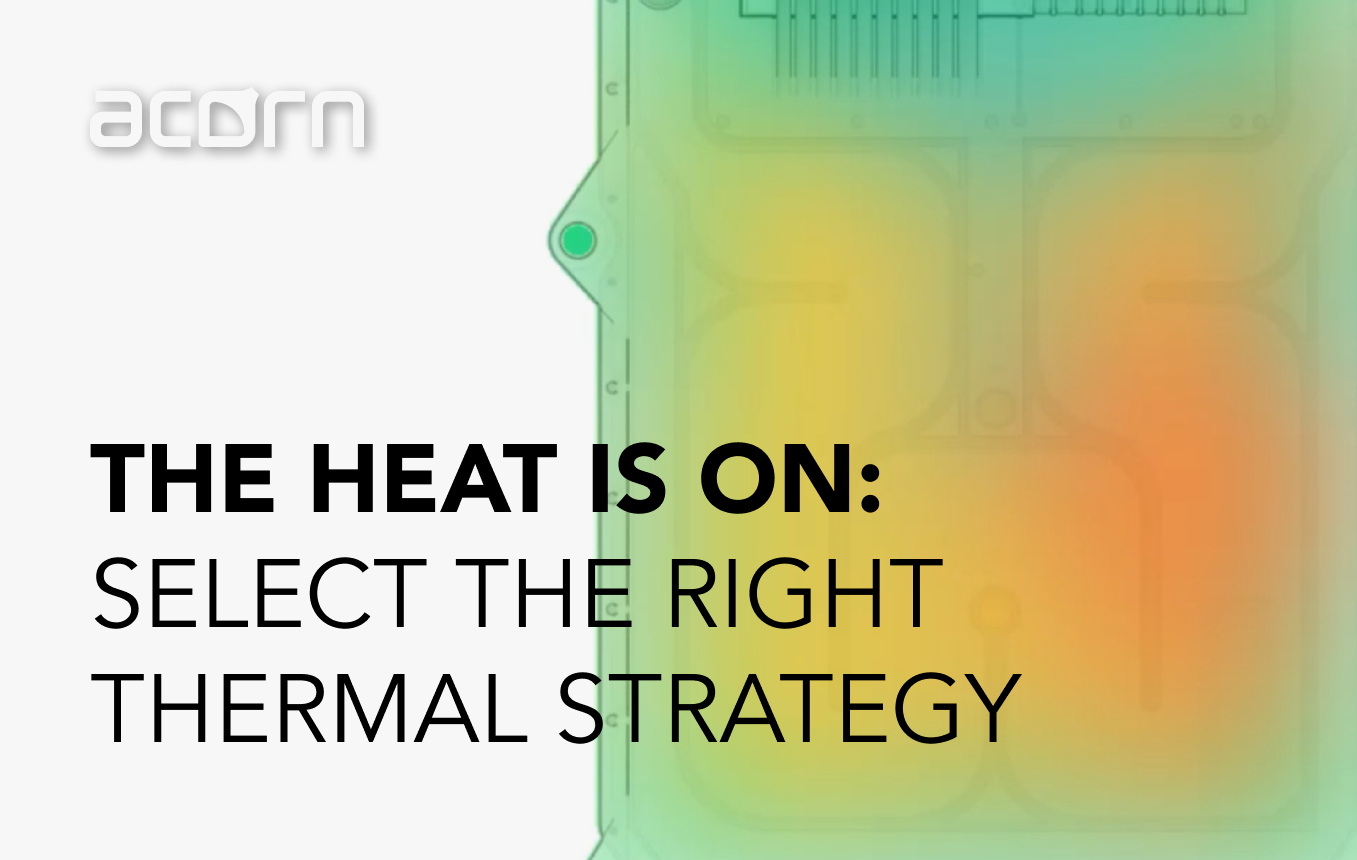Real World Example of the Value of Early Engineering in Product Design
In our last blog we discussed the value of early engineering (during the industrial design phase) during the product development cycle. In this blog, we’ll talk about a real-world example.
A client came to Acorn with a concept for implementing a new chassis product utilizing a technology called direct orthogonal connectors, which would eliminate a large internal PC Board called a “midplane” with its associated signal degradation and cooling airflow restriction. The concept, if successful, would establish them in a market leadership position with highest performance product on the market.
Orthogonal connectors had not been utilized on this large a scale before, so they weren’t sure if it was feasible in terms of performance, manufacturability, or cost. Moreover, it may have required changes in the orthogonal connectors themselves – if the vendor was not able to provide those changes, the project would have significant difficulty moving forward.
This product family represented a $100M bet by the parent company - Acorn’s role to determine concept feasibility therefore assumed significant importance. The value proposition for this new concept was significant enough that the client wanted to assess the feasibility and risks associated with productization.
We started with developing a number of high level conceptual sketches/designs starting with a team brainstorming session – each concept would be initially analyzed, with pros and cons in three key areas:
Alignment – a thorough tolerance analysis to look at positional error that could cause connectors to “crash” instead of mate. This was done in conjunction with chassis design concept development to ensure that we had utilized every possible technique to ensure precision card alignment. The result of this work showed that a modification to the connector design would be needed, and we worked with the connector manufacturer to make this happen.
Structure – simultaneous mating of several thousand contacts requires hundreds of pounds of connector force. We engineered injectors to provide the needed force within human factors guidelines for manual operation, ensured that the boards and chassis would be able to support those stresses, and be rigid enough for reliable connections.
Cooling – the power dissipation planned for the cards was nearing the limit of what was possible for air cooling. We’ve done liquid cooled designs in the past, but that was not deemed appropriate for this class of product. Through careful thermal modeling and optimization of the design, we were able to meet the cooling goals.
We were able to carry our chassis design concepts with the modified connectors through very successful production of the new family of products, which became the flagship line of this product class for our client.
Acorn has long been an advocate of early engineering to determine feasibility/risks at the conceptual design stage – it saves time, money, and reduces the risk of going down a design path that will not achieve the desired goals. Although this is an extreme case where the product would have not been possible without early engineering, almost any product that is breaking new ground can receive large benefits from an early engineering effort.




